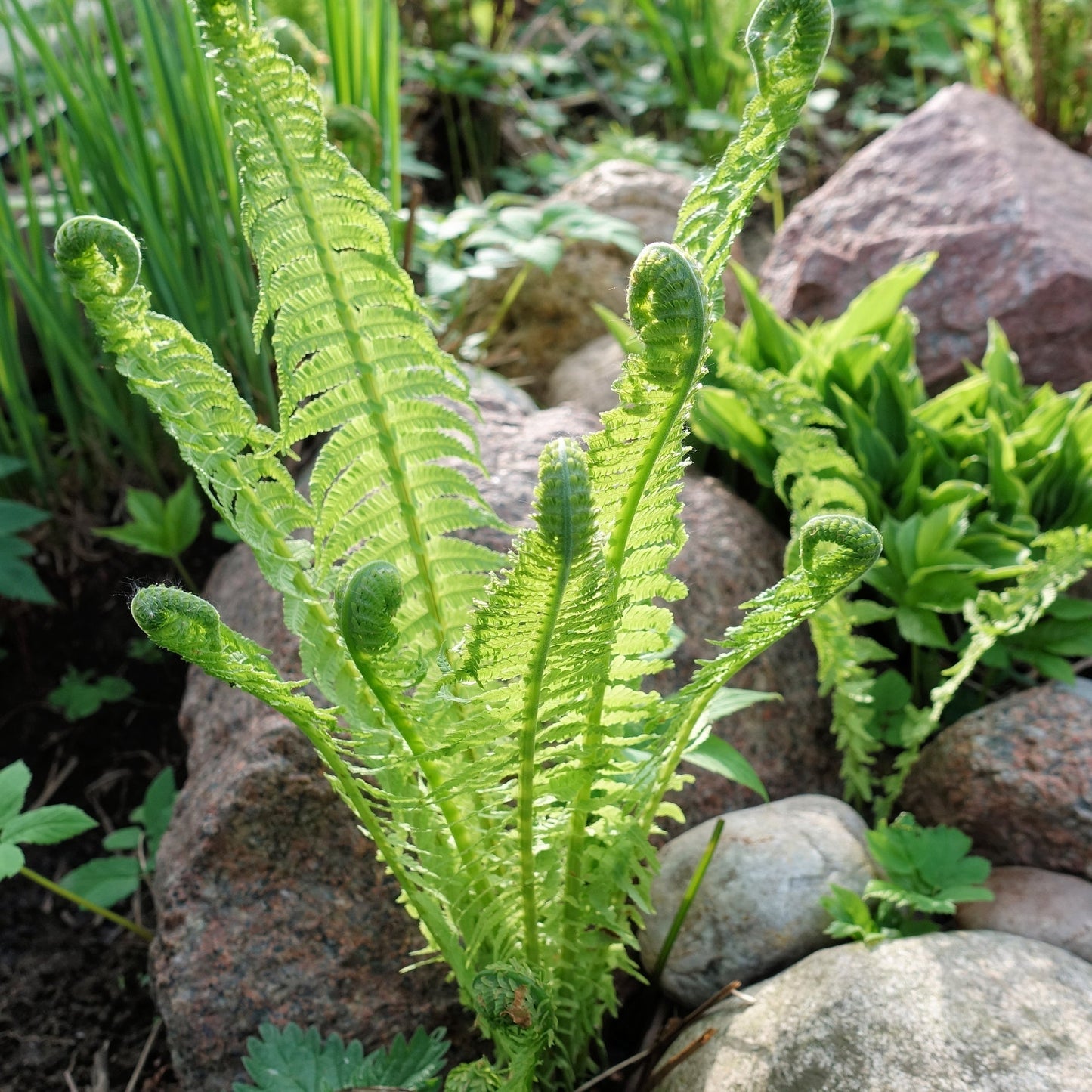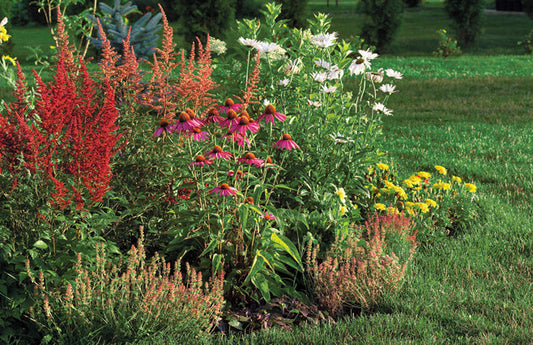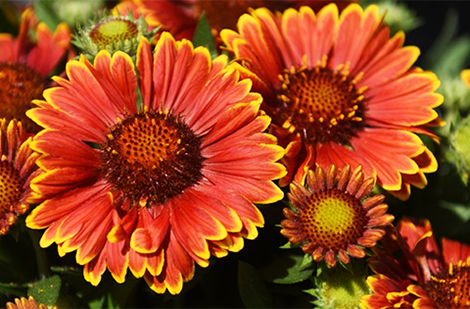Matteuccia struthiopteris
Ostrich Fern
Ostrich Fern
Exposure
- Partial shade
- Shade
Rusticity
- Edible friddlehead
- Native
- Humid environment
- Shade loving plant
- White-tailed deer resistant
Add a touch of natural grace and unique texture to your shade garden with Ostrich Feather Fern (Matteuccia struthiopteris), a majestic plant native to the forests of North America.
Description:
- Graceful fronds: This fern is distinguished by its large arching fronds, which can reach up to 5 feet (1.5 meters) in length, unfurling in graceful arches. The fronds are divided into dark green pinnules, resembling ostrich plumes, hence its common name.
- Evergreen foliage: Unlike most ferns, the Ostrich Fern retains its foliage throughout the winter, adding a touch of evergreen greenery to your garden even during the coldest months.
- Majestic stature: This fern forms a dense, spreading clump, reaching 2 to 3 feet (60 to 90 cm) in height and 3 to 4 feet (90 to 120 cm) in width. It creates a striking focal point in shaded garden areas.
Planting and Care:
- Light: Plant Ostrich Fern in a shady or partially shady location, where it will receive at least 4 to 6 hours of indirect sunlight per day.
- Soil: Moist, well-drained, rich in organic matter. Amend the soil with compost or organic matter to improve drainage and moisture retention.
- Planting: Dig a hole slightly larger than the plant's root ball and set it in the prepared soil. Firmly tamp the soil around the base and water thoroughly.
- Watering: Water regularly, especially during the first growing season and in hot weather. Allow the soil to dry slightly between waterings.
- Fertilization: Apply a balanced organic fertilizer in spring to promote healthy growth.
- Winterizing: Ostrich Fern is hardy and does not require any special winter protection.
Additional Tips:
- Ostrich Fern thrives in moist but well-drained soils. Avoid soggy soils that can lead to root rot.
- Divide the plant every 3 to 5 years to rejuvenate it and propagate new plants.
- Spent fronds can be cut off in late fall or early spring.
Companion plants: Hostas, ferns, coral bells, and bleeding hearts are all good companion plants for Ostrich Fern.
Uses: Ostrich Fern fronds can be used in fresh flower arrangements or dried for crafts
Plant details
Dimensions
Dimensions
Characteristics
Characteristics
Habit:
Flowering colours:
Plant needs
Plant needs
Watering:
- Moderate
- high. Likes humid environments
Maintenance:
- Easy. Plant it in the shade. Minimal maintenance.
Soil requirement:
- Moist
- Rich
- Neutral
Features
Features
Resistance:
- White-tailed deer
- Shade
Attract:
- Shelter for birds
Use:
- Flowerbeds
- Shade garden
- Well garden
- River
Attribute:
- Attractive






Related articles
-

Perennials for all occasions
Read the articleOsez créer des associations inédites qui sauront refléter votre personnalité, même si pour cela vous deviez déplacer certaines vivaces pour mieux les mettre en valeur.
-

Landscaping with perennials
Read the articleVariétés à découvrir, la tomate se savoure crue, en sandwich, en bruschetta ou en salade. Cuite, c'est l'ingrédient de base de sauces, soupes et salsas.
-

Perennials proper maintenance: cut and fertilize
Read the articleLa grande popularité des vivaces vient du fait qu'après avoir été oubliées pendant des mois au cours de l'hiver, elles réapparaissent sur la scène plus énergiques et surprenantes que par...
-

How to plant perennials in your garden
Read the articleEn pénétrant au jardin, ce sont souvent les plantes vivaces que l’on remarque en premier. Un massif de sauges, d’hémérocalles, d’astilbes, d’échinacées ou de lavande offre un spectacle d’une beauté...














